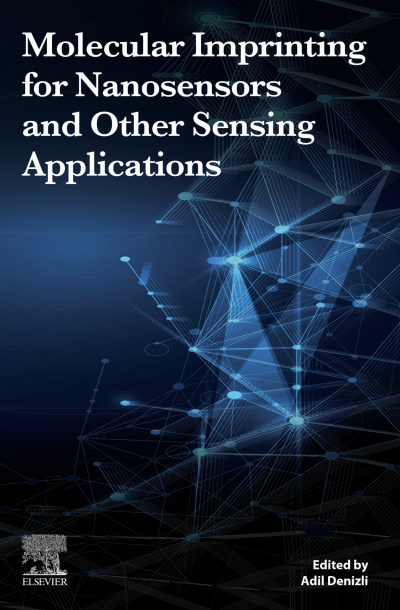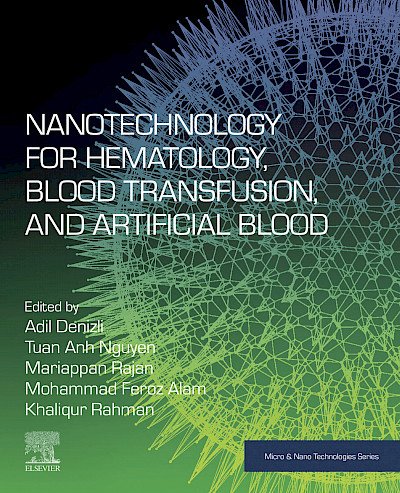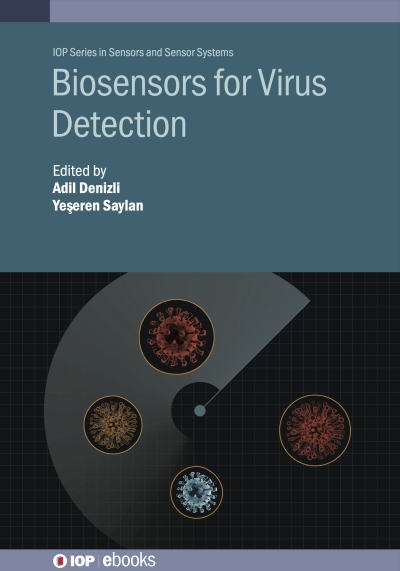New Books by Adil Denizli, "Plasmonic Sensors and Applications", "Molecular Imprinting for Nanosensors and Other Sensing Applications", "Nanotechnology for Hematology, Blood Transfusion, and Artificial Blood", and "Biosensors for Virus Detection"
We present the new books by Dr. Adil Denizli, titled "Plasmonic Sensors and Applications" was published by Wiley, and "Molecular Imprinting for Nanosensors and Other Sensing Applications", "Nanotechnology for Hematology, Blood Transfusion, and Artificial Blood" were published by Elsevier, and "Biosensors for Virus Detection" was published by IOP Publishing.
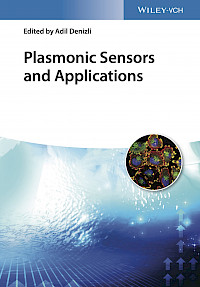 Plasmonic Sensors and Applications
Plasmonic Sensors and Applications
A practically-focused reference and guide on the use of plasmonic sensing as a faster and cheaper alternative to conventional sensing platforms
Plasmons, the collective oscillations of electrons occurring at the interface between any two materials, are sensitive to changes in dielectric properties near metal surfaces. Plasmonic sensors enable the real-time study of unique surface properties by monitoring the effect of the material interaction at the sensor surface. Plasmonic sensing techniques offer fast, label-free analysis, and hold advantages over labelling techniques such as ELISA (enzyme-linked immunosorbent assay).
Plasmonic Sensors and Applications examines the development and use of highly sensitive and selective plasmonic sensing platforms in chemistry, biotechnology, and medicine. Contributions by an international panel of experts provide timely and in-depth coverage of both real-world applications and academic research in the dynamic field. The authors describe advances in nanotechnology, polymer chemistry, and biomedicine, explore new and emerging applications of plasmonic sensing, discuss future trends and potential research directions, and more. This authoritative volume:
Demonstrates why plasmonic sensing is a profitable method for easy and label-free analysis in real-time
Covers a variety of applications of plasmonic sensors, such as disease diagnostics, vitamin detection, and detection of chemical and biological warfare agents
Includes a brief introduction to the history and development of plasmonic sensors
Provides concise theory and background for every application covered in the text
Plasmonic Sensors and Applications is an invaluable resource for analytical chemists, biochemists, biotechnologists, protein and surface chemists, and advanced students of biotechnology.
Adil Denizli, Professor and Head of Biochemistry Division, Department of Chemistry, Hacettepe University, Ankara, Turkey. His main research fields are molecular imprinting technologies, purification of biomolecules by chromatographic methods, detection of molecules by sensors, and production and application of polymers with different surface and bulk properties, shapes, and geometries. Professor Denizli is the author of more than 460 articles and numerous book chapters and holds two patents. He is a full member of the Turkish Academy of Sciences, and sits on the editorial boards of 25 journals.
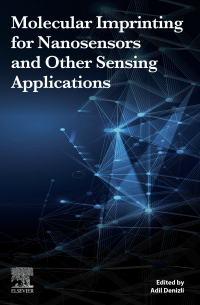 Molecular Imprinting for Nanosensors and Other Sensing Applications
Molecular Imprinting for Nanosensors and Other Sensing Applications
From the Back Cover
Molecular Imprinting for Nanosensors and Other Sensing Applications provides fundamental knowledge on molecular imprinting, including types, preparation methods, properties and characterization techniques. It also covers the state-of-the-art technological developments of sensors that incorporate with microfluidic systems, lab-on-a-chlp tools, and other techniques. In addition, the book examines the integration of molecularly imprinted polymers with current top-notch tools and platforms in order to ultimately facilitate their potential applications in the realms of medicine, pharmaceuticals, and environmental monitoring. The first section of the book focuses on well-established molecularly imprinted polymer-based sensor models, their functionalization methodologies, their prominent characteristics, and their characterization the technologies enabling them.
Molecular imprinting technology has found more and more applications in analytical sciences, and potential applications in environmental and biotechnological processes and in medicine are in progress. Researchers need to better understand the potential role of molecularly imprinted materials in these various applications, particularly for sensor applications, as this is a very dynamic area and developments in nanotechnolcgy, polymer chemistry and so on make it difficult to keep up. They need a combination of fundamentals and advancements in the field of MIPs as well as real-time applications and commercial uses of MIPs in day-to-day life. Molecular Imprinting for Nanosensors and Other Sensing Applications will cover novel and updated research for the use of molecular imprinted materials for sensor applications, bringing the current literature up to date, and going into greater depth on molecular imprinting for nanosensing applications than any other book currently available.
Key Features
- Covers molecular imprinting as it relates to nanosensors in a groundbreaking and in-depth way
- Explores the many applications of imprinted sensors, such as environment, medicine, and food industry
- Includes future outlooks and expectations for sensor technology
Adil Denizli is a professor at Hacettepe University, Department of Chemistry, Ankara, Turkey.
His main research fields are molecular imprinting technologies, purification of biomolecules by chromatographjc methods, detection of molecules by sensors, production of polymers with different surface and bulk properties, shape and geometries, and application of these polymers in different applications.
 Nanotechnology for Hematology, Blood Transfusion, and Artificial Blood
Nanotechnology for Hematology, Blood Transfusion, and Artificial Blood
from Micro & Nanotechnologies Series...
Chapter 2
Extracorporeal affinity systems and 2 immunoadsorption therapies
by Handan Yavuz, Nilay Bereli and Adil Denizli
Chapter 9
Nanosensors for medical diagnosis
by Yeşeren Saylan, Semra Akgönüllü and Adil Denizli
Description
Nanotechnology for Hematology, Blood Transfusion, and Artificial Blood outlines the fundamental design concepts and emerging applications of nanotechnology in hematology, blood transfusion and artificial blood. This book is an important reference source for materials scientists, engineers and biomedical scientists who are looking to increase their understanding of how nanotechnology can lead to more efficient blood treatments. Sections focus on how nanotechnology could offer new routes to address challenging and pressing issues facing rare blood diseases and disorders and how nanomaterials can be used as artificial cell-like systems (compartmentalized biomimetic nanocontainers), which are especially useful in drug delivery.
For artificial blood, the nanotechnological approach can fabricate artificial red blood cells, platelet substitutes, and white blood cell substitutes with their inherent enzyme and other supportive systems. In addition, nanomaterials can promote blood vessel growth and reserve red blood cells at a positive temperature.
Key Features
- Provides information on how nanotechnology can be used to create more efficient solutions for blood transfusions and hematology treatments
- Explores the major nanomaterial types that are used for these treatments
- Assesses the major challenges of using nanomaterials hematology

Biosensors for Virus Detection
from IOP Series in Sensors and Sensor Systems
Edited by Adil Denizli and Yeşeren Saylan


